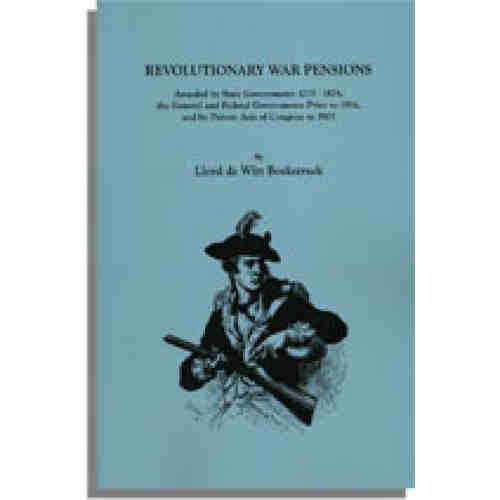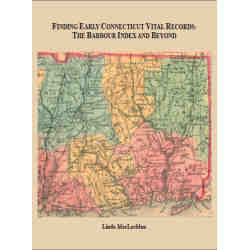Description
This book brings together for the first time all the data from federal and state sources used to reconstruct Revolutionary War pension records. A long-sought goal of genealogists, this immense reconstruction was tackled skillfully here by Revolutionary War expert Lloyd Bockstruck.
The background and the aim of the book may be stated simply: It is an attempt to identify and recreate the Revolutionary War pension files generated prior to the disastrous fire in the War Department on 8 November 1800, which destroyed nearly a quarter-century of records. Despite the best efforts of the War and Treasury Departments to reconstruct the files, a second and even more disastrous fire occurred during the War of 1812 on 24 August 1814 with the British invasion of Washington. The second fire effectively destroyed all the pension files from 1776 to 1814. Despite the tragic loss of nearly four decades of pension records at the national level, it has been possible not only to identify many of those pensioners whose files are commonly believed to have been lost but also to reconstitute in varying degrees their contents. Thus, more than 16,500 pensioners are featured in this work.
Among the many sources used to reconstruct these records, two in particular stand out: (1) pension records generated by the governments of each of the original thirteen states (state governments had their own programs and in varying degrees preserved many of their pension files); and (2) acts of Congress that created reports of pensioners receiving pay for service or disability, or widows and orphans receiving benefits, mostly issued as government publications between 1792 and 1840.
In addition, the microfilm records of the Continental Congress were searched, as were the standard printed works on the subject such as the Journals of the Continental Congress. Supplementing these traditional sources is the online database Papers of the War Department, 1784-1800, created at George Mason University. Individual state pension records were carefully examined, of course, and each state’s record sources are exhaustively described.
In the end we have an alphabetical list of over 16,000 pensioners with an index containing the names of a further 15,000 individuals mentioned in the text. Each entry contains the name of the pensioner, his state of service and place of residence, details of his service such as dates and places of engagements and wounds received, date of death, and names and relationships of surviving family members, especially widows.
Weighing in at over 1,000 pages, and with nothing to compare with it, this is a monumental work in every sense of the term.






Reviews
There are no reviews yet.